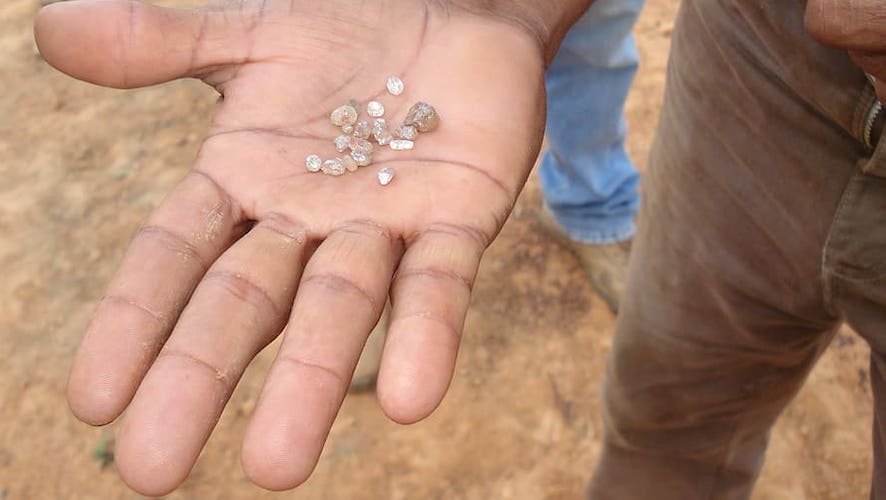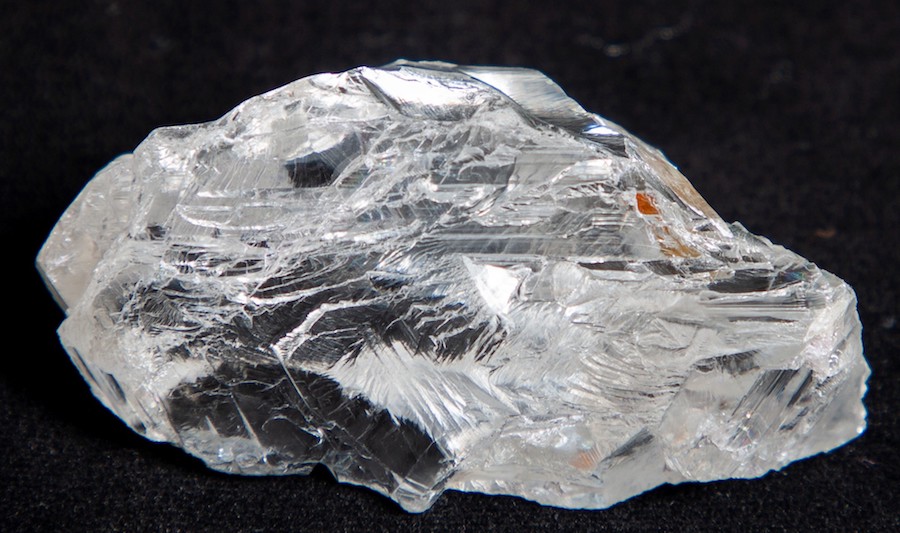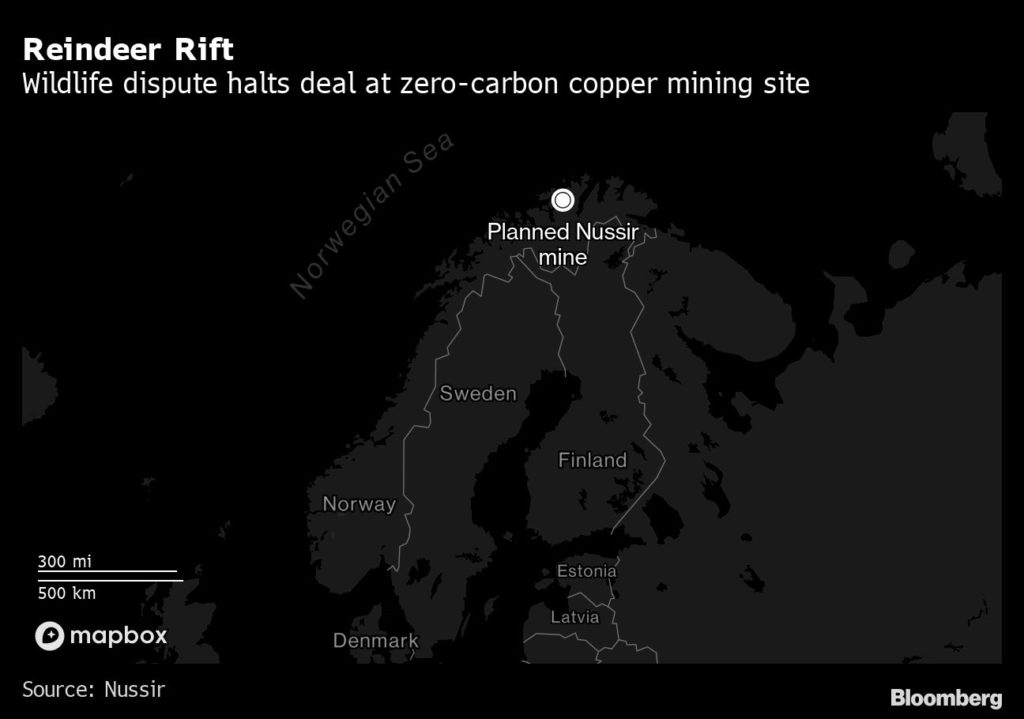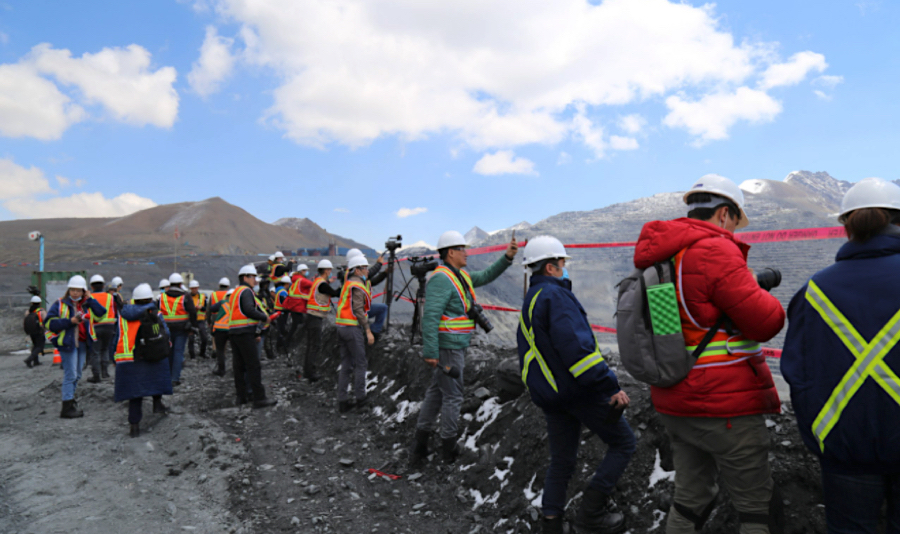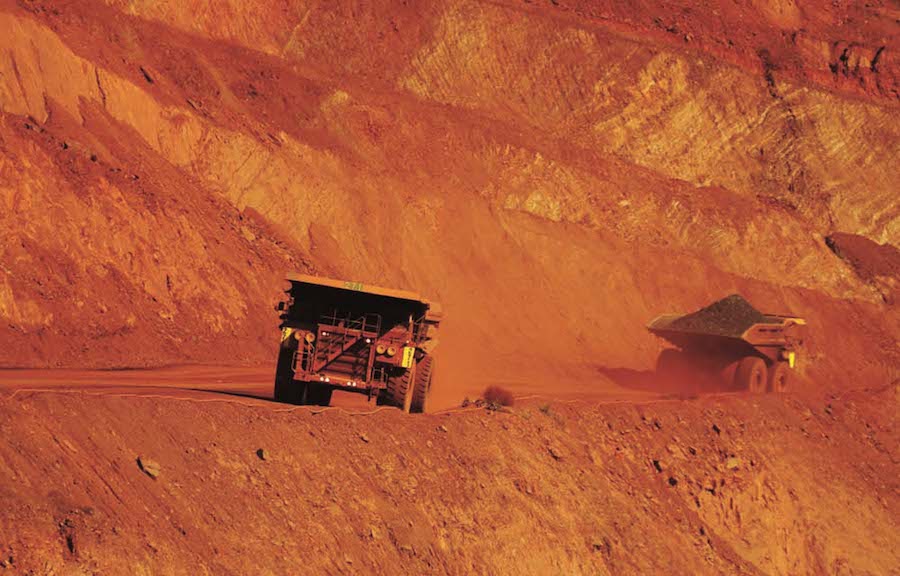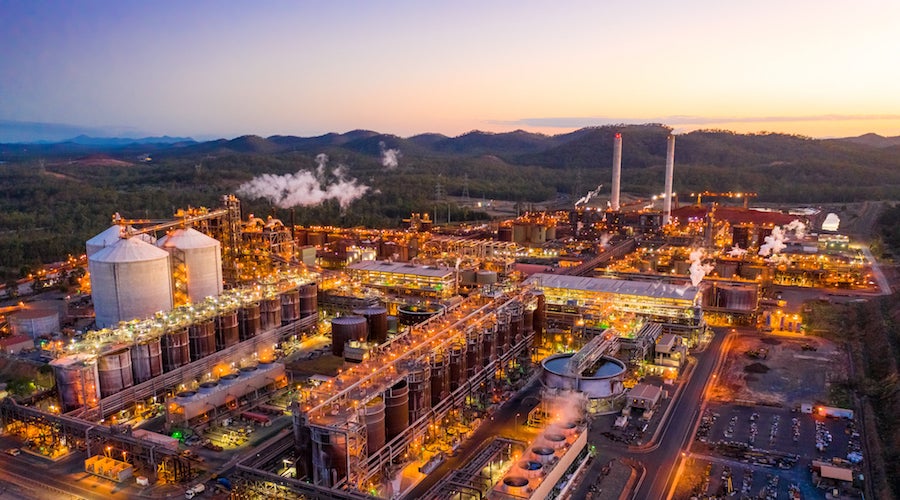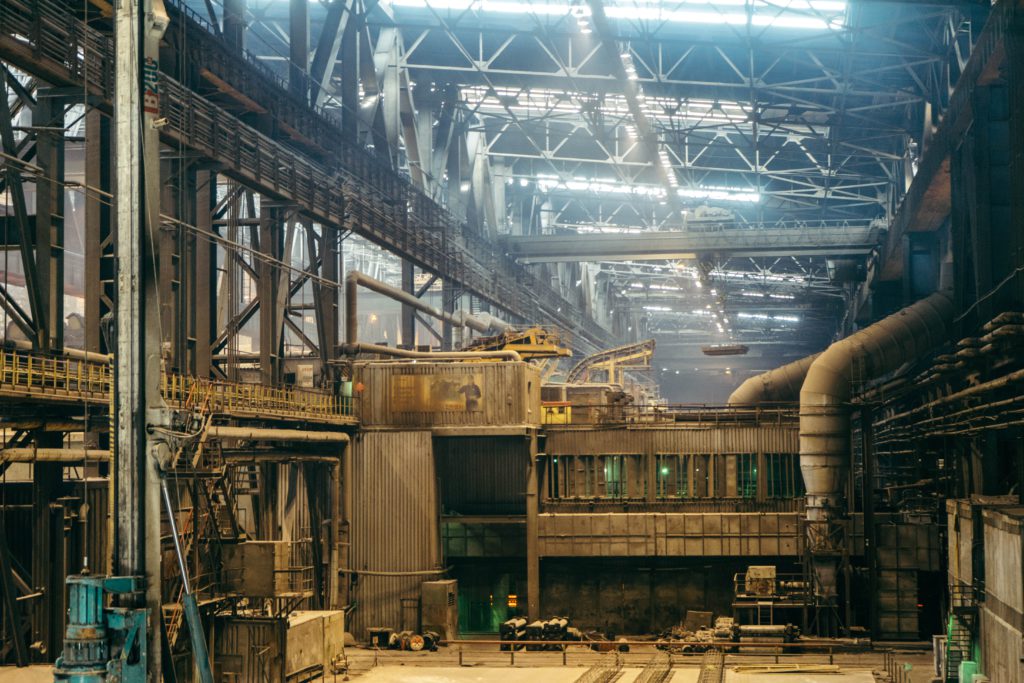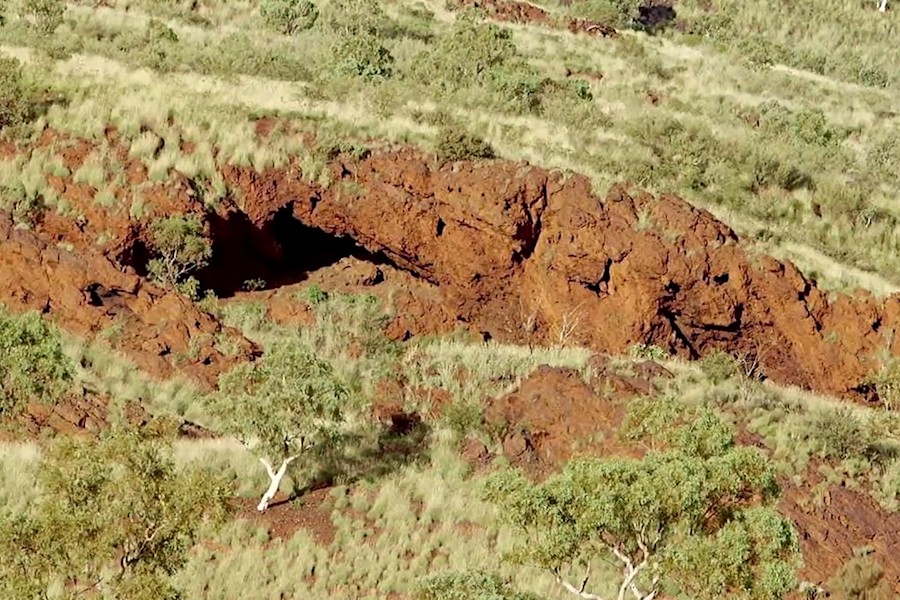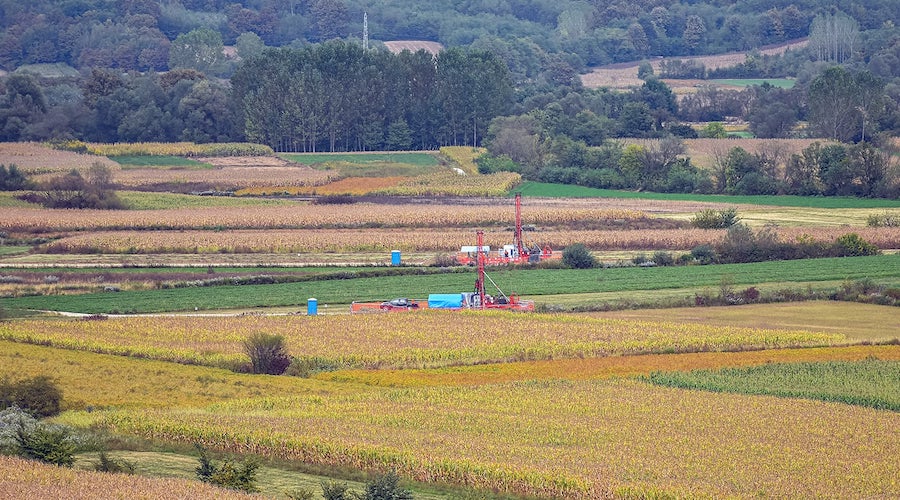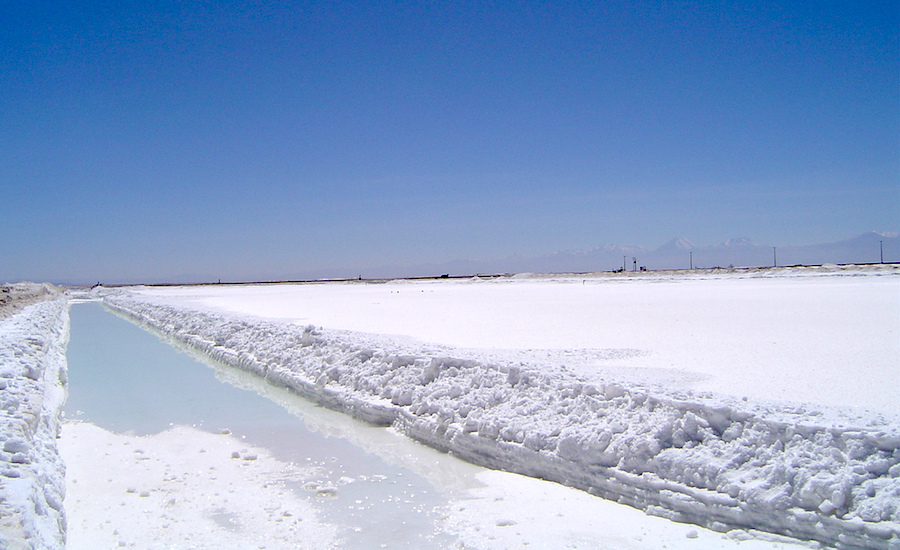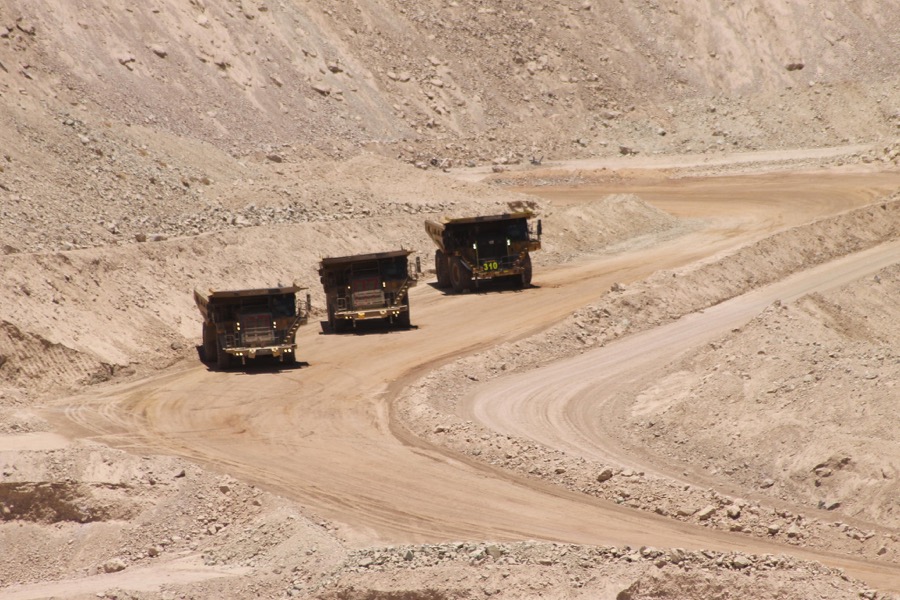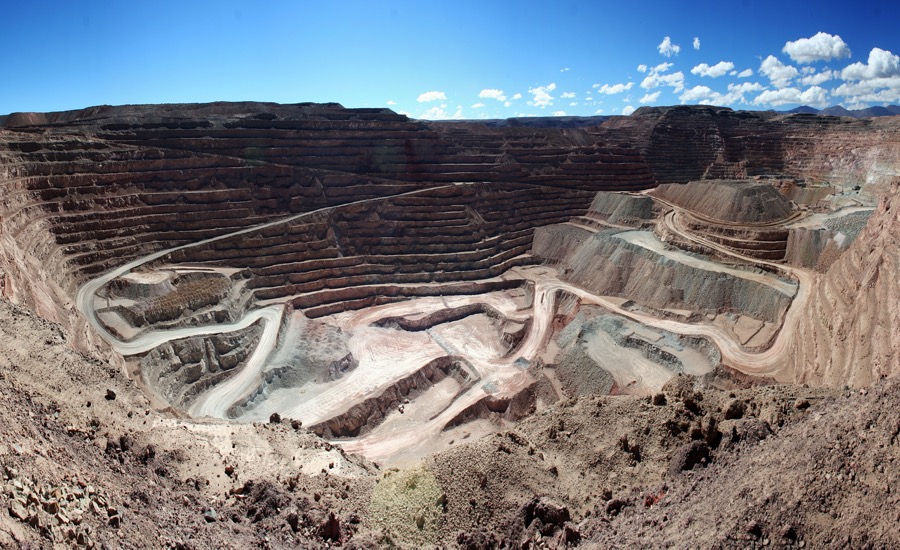MINING.COM Staff Writer | August 26, 2021 |

The Green River Basin region, pictured, hosts the world’s largest natural deposit of trona. (Image by Haddenham Cabin, Wikimedia Commons).
In a world-first, methane emissions from trona mining activities were captured by a satellite operated by GHGSat, a Canadian company that specializes in high-resolution greenhouse gas monitoring from space.

The satellite imagery shows emissions from the Green River Basin in Wyoming — the location of the largest natural deposit of trona from which 18.1 million tonnes of the mineral were extracted in 2019 and which supplies around 90% of the soda ash used in the United States.
Trona is a sodium carbonate compound extracted from underground mines and processed into soda ash. It is mostly used to manufacture glass for the automotive and construction industries and it is also the raw material for baking soda, laundry, and cleaning products used in the manufacture of cloth and paper.
WHEN TRONA ORE IS EXTRACTED FROM UNDERGROUND MINES, THE FRACTURING OF THE ROCK RELEASES METHANE
When trona ore is extracted from underground mines, the fracturing of the rock releases methane, which must be vented for safety reasons. While soda ash can be manufactured synthetically, about 35% of the world’s supply comes from natural sources.
Zooming into the Green River Basin, GHGSat’s satellite detected and measured methane emissions with an estimated rate of nearly 950kg/h. Whilst smaller than the average emission rate from coal mines observed over the last six months, if captured and processed into natural gas, the emission level measured could supply electricity for a year to approximately 1 million homes.
In the company’s view, the volume of methane measured presents a potential opportunity for mining operators in setting up an investment structure, by converting methane emissions into renewable energy.
“This first trona mine satellite observation has prompted GHGSat to monitor these sources of methane to help industrials and governments understand their emissions,” the Quebec-based firm said in a media statement.
“Both the UN Global Methane Assessment 2021 and the recent IPCC Climate Report have highlighted the rapid increase in methane emissions in recent years – with scientists attributing between 30 and 50% of the current rise in global temperatures to this potent greenhouse gas. Reducing methane is now one of the quickest actions we can take to curb global warming.”
